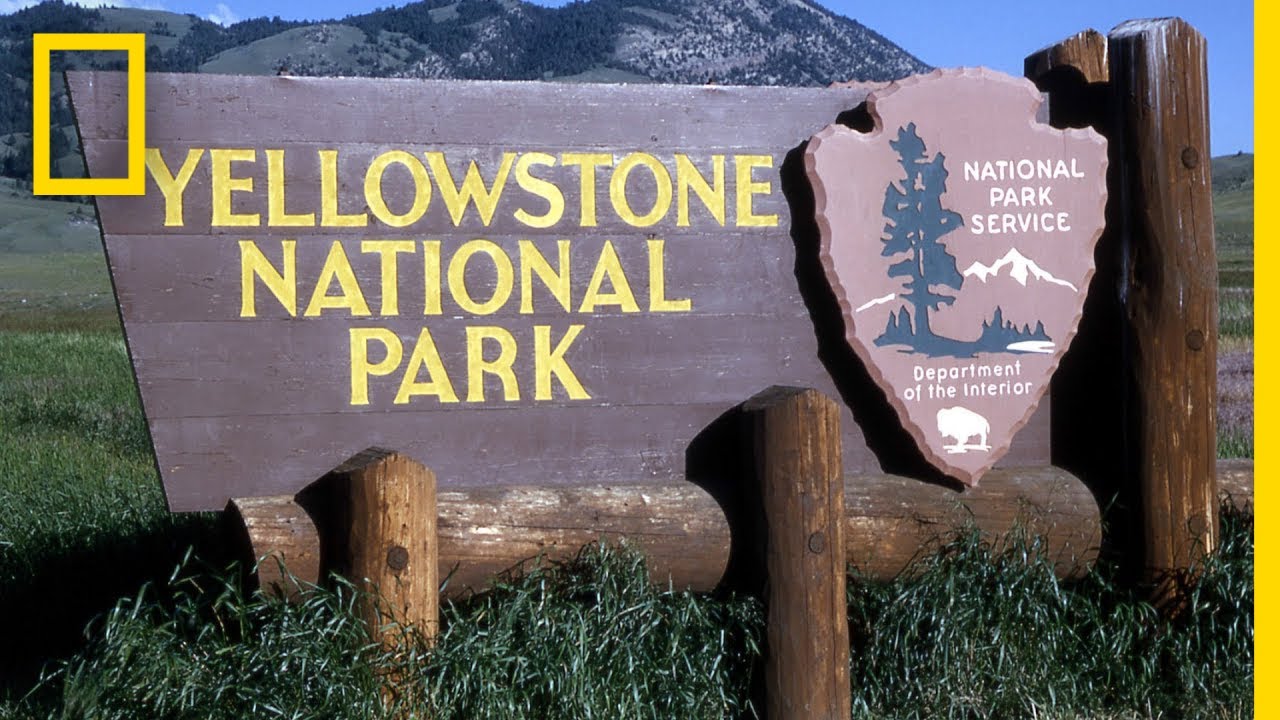Introduction
Welcome to the breathtaking wilderness of Yellowstone National Park! Nestled primarily in Wyoming but also stretching into parts of Montana and Idaho, Yellowstone is a treasure trove of natural wonders, boasting geysers, hot springs, waterfalls, and diverse wildlife. In this article, we’ll delve into the fascinating facts and rich history that make Yellowstone a must-visit destination for nature lovers and adventurers alike.
The Birth of Yellowstone
Yellowstone National Park, established in 1872, holds the distinction of being the world’s first national park. It was signed into law by President Ulysses S. Grant, marking a pivotal moment in conservation history. The park’s creation was spurred by its unique geological features and abundant wildlife, which captured the imagination of early explorers and conservationists.
Geothermal Wonders
One of Yellowstone’s most iconic features is its collection of geysers and hot springs. The park sits atop a supervolcano, resulting in a geothermal hotspot that fuels these spectacular displays. Old Faithful, perhaps the most famous geyser in the world, erupts with remarkable regularity, delighting visitors with its towering plumes of water.
The Grand Canyon of Yellowstone
Carved by the powerful Yellowstone River, the Grand Canyon of Yellowstone is a testament to the forces of nature. Towering cliffs adorned with vibrant hues of yellow and red frame the rushing waters below, creating a scene of unparalleled beauty. Artists Point offers a panoramic vista that captures the grandeur of this natural wonder.
Wildlife Haven
Yellowstone is home to a diverse array of wildlife, including bison, elk, wolves, and grizzly bears. The park’s vast wilderness provides a sanctuary for these iconic species, allowing visitors to observe them in their natural habitat. Hayden Valley and Lamar Valley are prime locations for wildlife spotting, offering glimpses of these majestic creatures against the backdrop of the landscape.
Human History
Long before Yellowstone became a national park, it was inhabited by Native American tribes such as the Shoshone, Crow, and Blackfeet. These indigenous peoples revered the land and its resources, weaving rich cultural traditions with the natural world. The arrival of European settlers in the 19th century brought significant changes to the region, leading to conflicts over land and resources.
Threats to Conservation
Despite its protected status, Yellowstone faces numerous threats, including habitat fragmentation, invasive species, and climate change. The park’s delicate ecosystems are vulnerable to disturbances, underscoring the importance of conservation efforts. Initiatives such as wildlife corridors and sustainable tourism practices are crucial for safeguarding Yellowstone’s natural heritage for future generations.
Visitor Experience
Every year, millions of visitors flock to Yellowstone to experience its wonders firsthand. Whether hiking through pristine wilderness, marveling at iconic landmarks, or simply basking in the serenity of nature, there’s something for everyone to enjoy. The park offers a range of activities, from guided tours to backcountry camping, ensuring an unforgettable adventure for all.
Preserving the Legacy
As stewards of this remarkable landscape, we have a responsibility to protect and preserve Yellowstone for generations to come. By supporting conservation efforts, advocating for sustainable practices, and fostering a deeper appreciation for the natural world, we can ensure that Yellowstone’s legacy endures for centuries.
Conclusion
Yellowstone National Park stands as a testament to the awe-inspiring beauty and resilience of the natural world. From its geothermal wonders to its majestic wildlife, this iconic destination offers a glimpse into the untamed wilderness that has captivated hearts and minds for generations. As we continue to explore and cherish Yellowstone, let us remember the importance of conservation and stewardship in safeguarding our planet’s most precious treasures.
Frequently Asked Questions (FAQs)
1. What is the best time to visit Yellowstone National Park?
- The best time to visit Yellowstone is during the shoulder seasons of spring (April to May) and fall (September to October) when crowds are thinner, and the weather is mild.
2. Are there accommodations available within the park?
- Yes, Yellowstone offers a variety of lodging options, including campgrounds, cabins, lodges, and hotels. It’s advisable to book in advance, especially during peak season.
3. Are pets allowed in Yellowstone National Park?
- Pets are permitted in certain areas of the park, including campgrounds and paved roads, but they must be kept on a leash at all times. They are not allowed on trails or in backcountry areas.
4. What safety precautions should I take while visiting Yellowstone?
- Visitors should stay on designated trails, maintain a safe distance from wildlife, and adhere to park regulations regarding food storage and waste disposal to minimize encounters with bears and other animals.
5. Can I participate in guided tours or ranger-led programs?
- Yes, Yellowstone offers a variety of guided tours and ranger-led programs that provide educational insights into the park’s geology, wildlife, and history. Check the park’s website for scheduling and availability.



